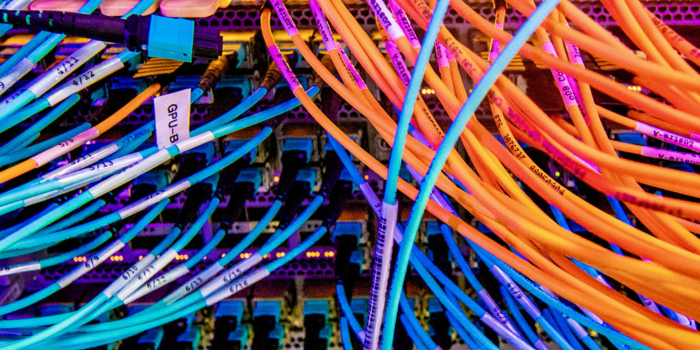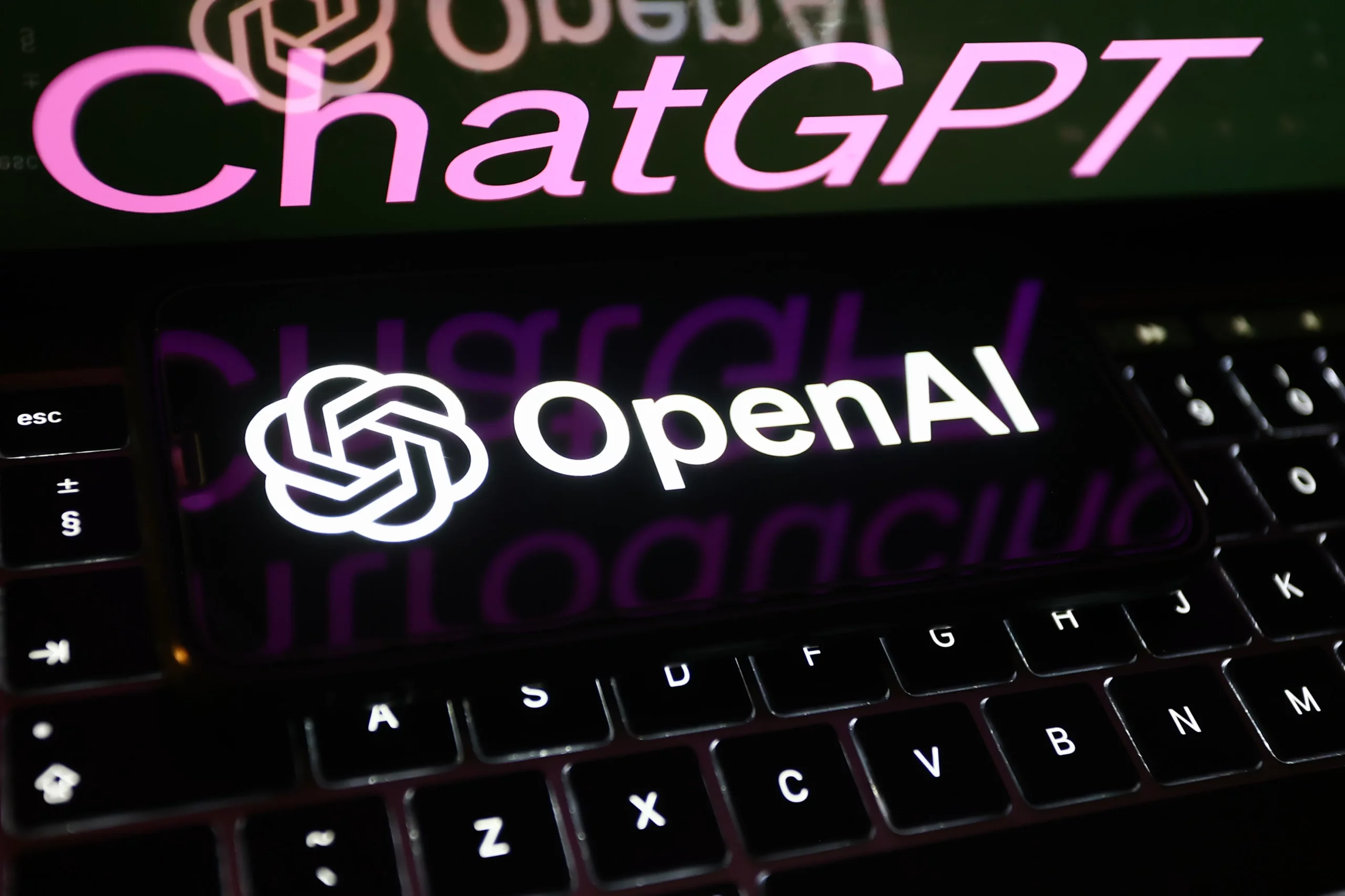Business
5G and AI: what can we expect and… Are we ready?
|
Sep 14, 2023

The entire business world expects significant changes now that we are on the brink of implementing 5G, the fifth generation of wireless technology, globally. From faster speeds and greater capacity for transmitting data, to lower latency and improved connectivity.
We could also expect new business models and services to arise. Yet, we could also expect many challenges – cybersecurity, fraud, equal access to latest technology… And let’s not forget our ability to comprehend these changes.
Even though we can’t fully predict the future, there are certain aspects where we already can sense the magnitude. According to Statista, the projected size of the global autonomous vehicle market is expected to grow from 24.1 billion to 62.87 billion by 2026. The report made by The Mordor Intelligence shows that the sensor market is expected to grow by 7.23% by 2028.
Ten years from now, imagine an interconnected network of autonomous vehicles or smart buildings, or just a world where all digital devices can exchange information in real time.
Exciting and scary, right? Read on, because it gets even more interesting.
On top of 5G, we have something more powerful – Generative AI
We’re witnessing a new era of development in AI tools. You’ve probably tried some of them. By last year, you’ve used recommender systems on Netflix or route calculations on Google Maps. Today, you use services such as chatGPT by openAI to write corporate emails and Midjourney to illustrate your new book.
Yes, our computers can now generate video, sound and text (but also video games, code, financial analyses) based on prompts. This era of AI is called Generative AI (GenAI). The models beneath the surface of these tools use large datasets to train and learn to generate new content that is like their training data.
Data used for training keeps on increasing. More data equals more complex patterns and outputs. Aside from that, we have multimodal models, which means they can handle and produce multiple media at the same time.
We started this article with 5G, but now we’re mentioning Generative AI. GenAI and 5G are not directly connected, but with the right strategies, you could create unimaginable synergy. 5G’s higher data transfer speeds and lower latency can enhance the performance of generative AI models. With 5G’s capabilities, you can potentially transmit large amounts of data to and from AI models in real-time, enabling more sophisticated and responsive generative AI applications on mobile devices or in the cloud.
The connection between generative AI and 5G depends on how developers and businesses choose to use these technologies together to create innovative solutions.
Let’s take a deeper dive into this synergy with detailed examples.
Where’s the intersection between 5G and Generative AI (GenAI)
AI models do require large amounts of data for training. Once a model is trained, it can generate outputs with no additional data.
However, real-time applications involving video, sound, or sensor data and outputs require constant data availability and high-speed transmission. That’s where 5G steps in and where previous technologies just don’t cut it.
For example, an autonomous vehicle needs to process sensor data in real-time (or in a matter of milliseconds) and communicate with other devices to navigate its environment safely. Greater latency could be deadly.
An LLM-powered voice assistant with 5G can give users fast, relevant responses.
IoT. Augmented reality. Virtual reality – all of which could be soon running so smoothly to resemble reality in so many ways.
We could also go further into the future. For example, robotics, where AI can use sensors and interpret the data, plan movement, and perform tasks. This includes everything from industrial robots to Sci Fi-like robot assistants.
In healthcare, 5G with generative AI could provide not only monitoring and analysis of vital signs, but also complex and prompt alert systems in life threatening situations.
It’s not hard to think of augmented financial market decisions or cybersecurity, where every second also costs a fortune.
Using 5G and AI with sensors and machine-generated data
Almost every device around us has some type of sensor, just like human bodies do. The key difference is that our brain can process multiple inputs from countless body sensors at once, with great capacity and instant outputs.
With machine-generated data and sensors, we have to rely on many factors, from processing power to bandwidth.
With 5G, you could expect a far greater capacity and faster data transfer from many sensors at once. With generative intelligence on top of that, you could expect the machine to analyze it much faster and generate the output – and even re-prompt itself automatically or pass the instructions down the line.
In consumer electronics, it might mean that you’ll get ready-made insights about your overall health based on your nutrition, activity, and device usage data – but the ones you could actually interact with.
Here are some practical use cases where we can see this technology flourish:
- In smart cities, various types of sensors can collect data about traffic, air quality, noise levels, energy usage, and more. This data can be analyzed in real-time to manage city services efficiently. For example, traffic data can optimize signal timings, reducing congestion and improving air quality. Energy usage data can be used to manage the power grid and reduce energy waste.
Now imagine all these parameters being monitored, regulated, and managed in real time.
- Let’s not forget behavioral analytics, a topic so popular amongst advertisers and businesspeople. It’s not a secret (even though we’re still having debates on online privacy) that online sites have been using data and analytics tools to discover a user’s browsing and purchasing history and recommend products they might like.
But in this scenario, imagine AI and detection of fraudulent activity… Or real-time personalization of user interfaces, the so-called hyper-personalization.
- In an industrial context, sensors can collect data about machine operation, such as temperature, vibration, and energy usage. This data can be analyzed to predict when a machine might need maintenance, reducing downtime, and improving efficiency. Generative AI might provide direct inputs to other systems and initiate maintenance orders or notify the line manager about issues in various departments.
Not just data. We need smart data (and smart people).
As we always like to say, the real value lies not in the data itself, but in our ability to analyze and derive insights from it.
In all the cases above, the key is to transform raw data into “smart data” that you could use for decision-making. This often involves filtering out noise, identifying patterns, and making predictions. AI can play a crucial role in this process, as it can learn from large amounts of data and make complex predictions.
The difference between Data and Smart data lies in the level of processing and the value it provides. While data is raw and unprocessed, smart data is processed, high-quality data that is ready for analysis and can provide valuable insights.
It’s a subset of the raw data that has been transformed and organized so it’s useful for decision-making.
Can AI do that? Well… Yes. It can automate:
- Cleaning and preprocessing (removing duplicates, dealing with missing values),
- feature extraction (e.g. in image data, it can identify edges and shapes, which is important for tasks like object recognition),
- pattern recognition (clustering of data points, forecasting, predicting, classification…), and
- anomaly detection (think of healthcare, cybersecurity, industrial machinery…).
With 5G, it could do it in real-time. It could use so much more data. It could continuously learn and improve and adapt…
But it still needs humans, even though it’s so capable. After all, humans define the problem, pick the AI model, interpret the results, and make sure we’re not blindly following patterns.
So, are we ready for the 5G + GenAI future?
We’re still toying around with generative AI, and the transition to 5G comes with challenges. We have copyright issues to solve. Privacy. Tech-optimists vs Doomsday proclaimers. It’s noisy in the market.
The truth is that businesses will need to seriously invest in new infrastructure and devices to take advantage of 5G. There are also security concerns, as the increase in connected devices provides more points of vulnerability.
As of June 2022, about 70 countries have started using 5G, South Korea being the first country.
It will take time for it to be available everywhere. This could lead to disparities in access to the benefits of 5G between different regions.
As for generative AI, we’ll need to rethink our entire societal shift that no one can accurately predict right now.
Yet, what could smart businesspeople do now? We’d say, at least explore the possibilities. As people who deal with data every day, we still rely on our own OI (organic intelligence) device. We ask questions.
Can we use this? How can we use this, but in a good way? Can this be turned into something revolutionary?
Be on the side that asks the questions.





